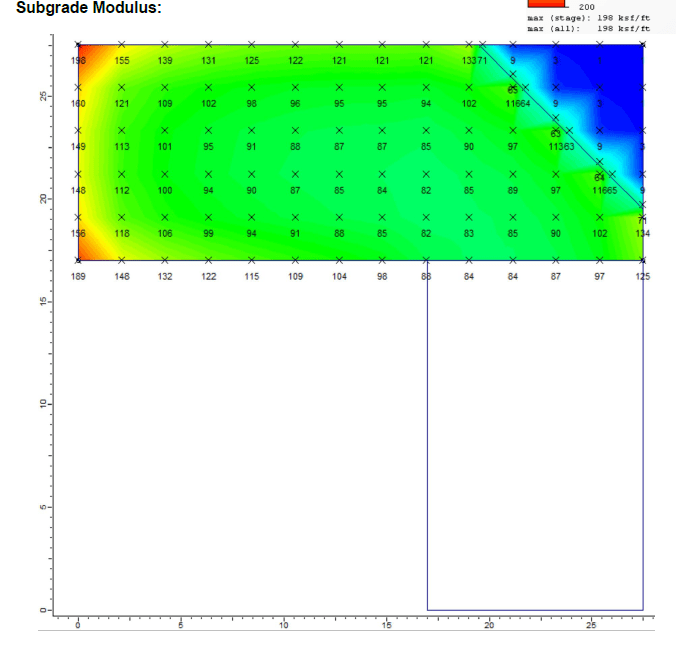Geoluk
Geotechnical
- Sep 1, 2023
- 12
Hello,
I'm a geotech engineer. From my side of the ground surface, the subgrade modulus, k, also known as modulus of subgrade reaction, is not used anymore for designing foundations. It is not really a property of the soil and depends on so many factors that getting an accurate value requires some amount of work. What's worse, it's not constant throughout the bottom of a footing so that giving a single value isn't exactly correct. Foundations are now just designed using shear failure and settlement analyses. Even mat foundations can be designed without subgrade modulus. Just to be clear, I know subgrade modulus is still used for pavement and sometimes slab-on-grade designs.
However, I've got a structural engineer client who is asking for the subgrade modulus to design a footing. I've already told them the allowable bearing capacity he has to work with but they are insistent on getting a subgrade modulus value. It's making me wonder if structural engineering in general has not caught up with this and is still using it in their designs. Do structural engineering software require a k value to work? Any thoughts on this?
I'm a geotech engineer. From my side of the ground surface, the subgrade modulus, k, also known as modulus of subgrade reaction, is not used anymore for designing foundations. It is not really a property of the soil and depends on so many factors that getting an accurate value requires some amount of work. What's worse, it's not constant throughout the bottom of a footing so that giving a single value isn't exactly correct. Foundations are now just designed using shear failure and settlement analyses. Even mat foundations can be designed without subgrade modulus. Just to be clear, I know subgrade modulus is still used for pavement and sometimes slab-on-grade designs.
However, I've got a structural engineer client who is asking for the subgrade modulus to design a footing. I've already told them the allowable bearing capacity he has to work with but they are insistent on getting a subgrade modulus value. It's making me wonder if structural engineering in general has not caught up with this and is still using it in their designs. Do structural engineering software require a k value to work? Any thoughts on this?

